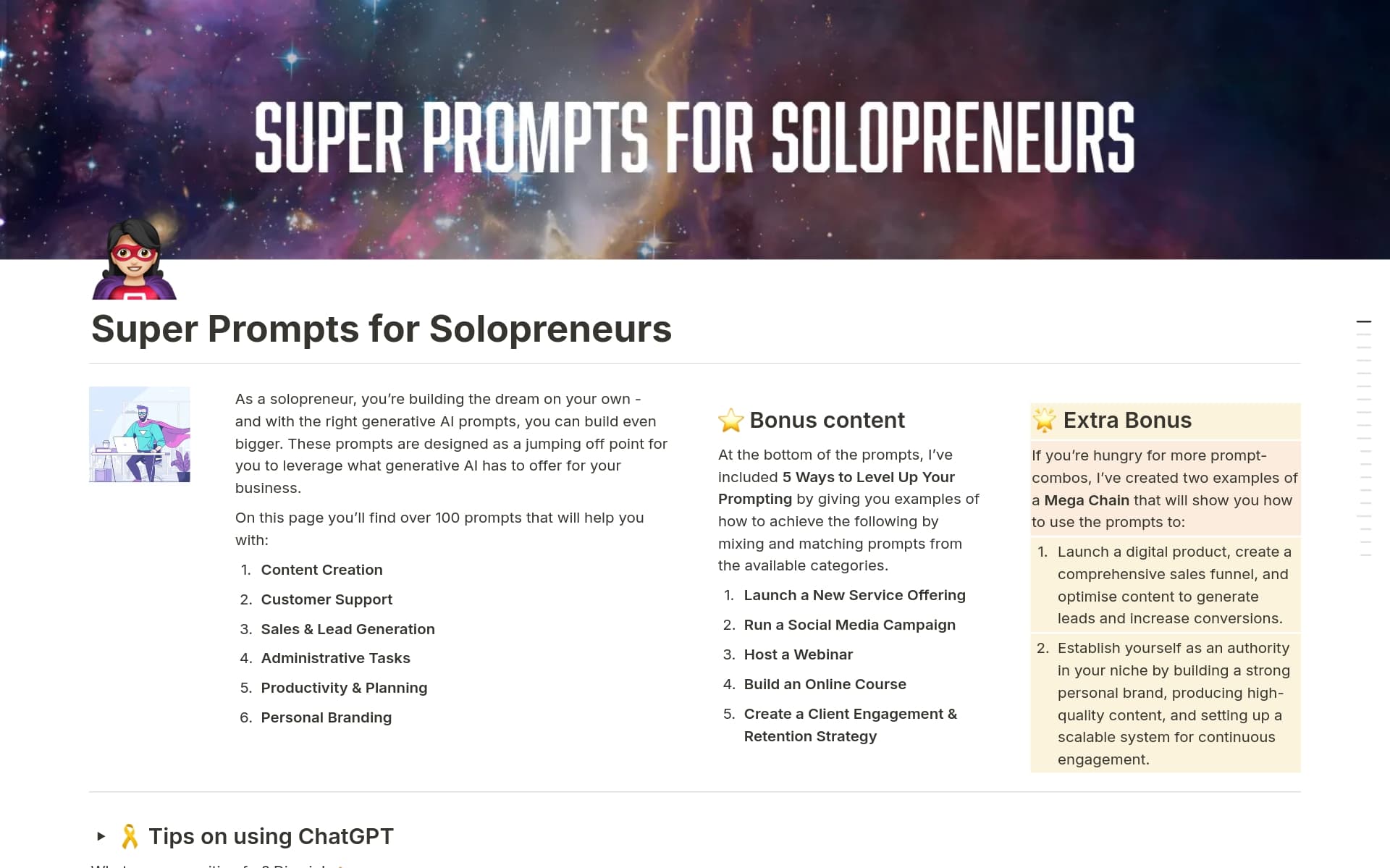Having a solid Budgeting & Savings plan is crucial for achieving financial stability and reaching your long-term goals. It allows you to prioritize your spending, save for emergencies, and prepare for the future. A Budgeting & Savings template in Notion can streamline this process by providing a structured and customizable framework to track your finances, set budgets, and monitor your savings progress.
Before you dive into creating your own Budgeting & Savings system, take a look at these Notion templates to make the process easier and more efficient.
What Should Budgeting & Savings Templates Include?
Choosing the right Budgeting & Savings template in Notion can streamline your financial management and help you achieve your savings goals more effectively. Here are key components to look for:
Comprehensive Expense Tracker: This feature should allow you to record daily expenses and categorize them, making it easier to analyze spending habits over time.
Goals Setting: A good template should include a section where you can set financial goals, both short-term and long-term, and track your progress towards achieving them.
Savings Calculator: It should have tools to calculate savings over a period, considering various factors like interest rates and monthly contributions.
Monthly Budget Review: Look for a template that provides a monthly overview of your budget, allowing you to see at a glance how well you are sticking to your budget.
With these components, a Notion template can transform how you manage your finances, making it easier to control your spending and save more efficiently.
What Should Budgeting & Savings Templates Avoid?
Choosing the right Budgeting & Savings template in Notion can streamline your financial management. However, some features might complicate rather than simplify your budgeting process. Here are key components to steer clear of:
Overly Complex Categories: Templates with too many specific categories can make it difficult to consistently categorize transactions, leading to confusion and mismanagement of funds.
Non-Customizable Fields: Avoid templates that don't allow you to modify fields. Flexibility is essential as your financial situation and goals may evolve over time.
Excessive Automation: While some automation can be helpful, too much can obscure how your money is managed. A good template should require some manual input to keep you engaged with your finances.
Ultimately, the best template is one that balances simplicity with functionality, helping you to clearly see your financial habits and encouraging consistent engagement with your budget.



